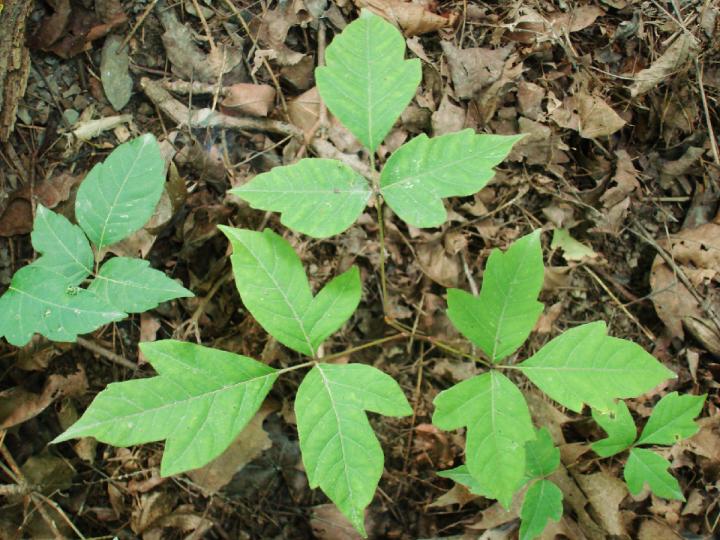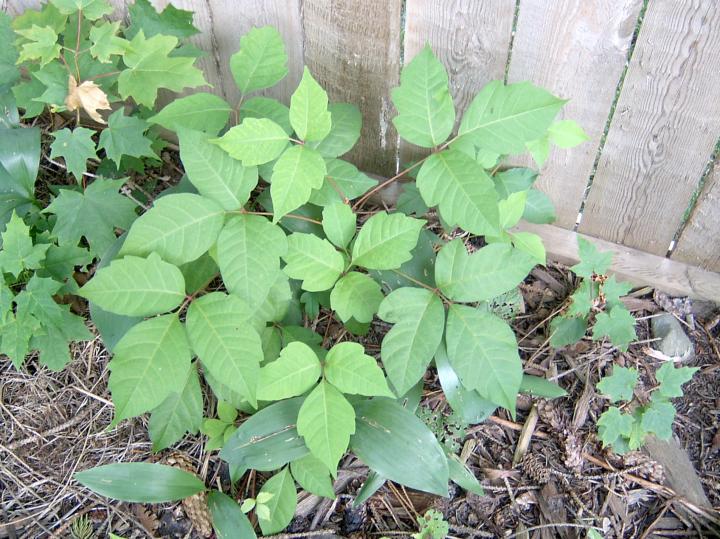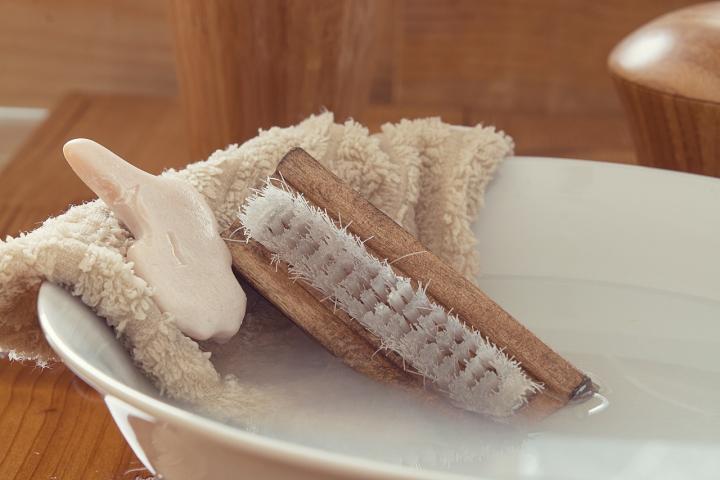
It is important to learn how to identify both poison ivy plants and rashes in order to prevent a rash from spreading.
Pace University
Poison ivy can cause a nasty rash, so it is important to learn how to identify the plant as well as how to treat poison ivy. There are many home remedies that can be helpful in relieving the itch, but your best bet is to stay away!
“Leaves of three, let it be”: Three-leaved poison ivy has a nasty habit of rewarding those who touch it with two or three weeks of blistering misery. It is nature’s nasty revenge, but with a little education you can learn to identify it, prevent it, or treat it with a bit less aggravation.
Poison Ivy Identification: Plant and Poison Ivy Rash
Poision Ivy Plant
- Poison Ivy’s “leaves of three” are glossy-green, but are tinged with pink in the spring, and take on a brilliant orange in the autumn.
- These leaves sometimes vary in appearance, however. They can be either shiny or dull, and some are toothed while others are not.
- Poison ivy can grow as an erect shrub, a winding vine, or simply along the ground.
- It has small, pearl-colored berries. These are a favorite treat of many birds, which spread poison ivy seeds around the countryside.
- Seedlings of the boxelder tree look similar to poison ivy with three leaves, but they do not have berries and are yellow in the autumn. The leaves of Virginia creeper also look similar to those of poison ivy, but Virginia creeper has five leaflets rather than three.
- Poison ivy is especially common around fences or along roadways.
Poision Ivy Rash
- A reaction to poision ivy will usually occur within 12 to 48 hours. The area will severely swell, itch, and turn red. Later, blisters will form. The blisters eventually become crusted and take about 10 days to heal.
- Red bumps also might form where the blisters will soon appear.
- Often, a poison ivy rash appears in a streaked pattern. This mimics the way in which a person has rubbed up against the plant.
- It is a common misconception that touching a body part with a poison ivy rash, and then touching another body part, causes the rash to spread. The rash might appear on some body parts later than others, but this is only due to a difference in the time it takes for the poison oil to absorb into the skin.
- Be careful not to confuse poison ivy with swimmer’s itch. They might seem similar at the beginning, especially because poison ivy might be in a lakeside or pondside area where you’re swimming. For more tips on swimmer’s itch, look at this article.

What Causes a Poison Ivy Rash?
The poison is an oily resin called urushiol that occupies every part of the plant, including the roots.
- The leaves, especially young ones, contain the most toxin.
- The oil can remain on tool handles and clothing for as long as a year. Dogs and cats can carry its potency on their fur. This is why you can come down with a rash without having seen poison ivy in months.
- People may become more sensitive to the oily resin urushiol with multiple exposures. If you’ve had poison ivy before, be sure to avoid it in the future.
- Different people have different sensitivities to poison ivy. The older you get before coming into contact with it, the better: You will have a lower chance of developing an allergy. Only about 15 percent of people are resistant to poison ivy.
Fortunately, the oils don’t always go to work immediately, especially on dirty or work-hardened hands. If you come in contact with poison ivy, wash up at once and launder your clothes using old yellow laundry soap or boraxo to cut the oil. (Soaps made with fat are ineffective.)
How to Treat Poison Ivy: Home Remedies
If you become affected, there is no shortage of remedies, but many of them are useless and some can even make matters worse.
- If you realize that you or your clothes have touched poison ivy, get to a source of water immediately. If you can clean yourself and your clothes with cold water within five minutes of touching the plant, the oil might not be absorbed into your skin. Soap is helpful within the first 30 minutes as well.

- Be sure to wash any clothing or gear that comes in contact with poison ivy, as the oil can persist for months. Bathe animals as well if they may have touched the poison ivy.
- Mild cases can be helped by calamine lotion, over-the-counter cortisone creams, and saltwater soaks, but severe cases require prescription cortisone. Soaking in cool water or a lukewarm bath with a baking soda solution also might help.
- A barrier cream, IvyBlock, containing quaternium-18 bentonite, which bonds with the urushiol, promises to be effective 68%of the time, if applied before any contact with poison ivy.
- Excessive itching of blisters can cause infections. Try to ease the itch, or simply find a distraction, so as not to make your rash even worse. Wash broken blisters lightly, and cover with a bandage to prevent further itching and infection.
- Prevention is a simple way to prevent contact with poison ivy. Use our tips for identifying it, and wear long sleeves when walking outside. Also, wash any clothes or equipment if you have been walking in a wooded area with shrubs.
- Eradicating poison ivy is probably the best way to remain itch-free. The plants can be destroyed by covering them with black plastic or spraying them with appropriate herbicides. But beware—even dead plants are infectious. And do not burn the plants! Smoke from burning poison ivy can cause great irritation to your lungs.
- One great home remedy for poison ivy rashes—as well as most other itches—is oatmeal.
- Be sure to check our page on Summer Itches to know when you need to take a trip to the hospital based on complications of a poison ivy rash.
Perhaps someday, plant scientists will develop a non-poisonous variety. Rumor has it that they have already crossed poison ivy with four-leaf clovers, hoping to get a rash of good luck.
Source:
This page was first published in 2010 and is regularly updated.








